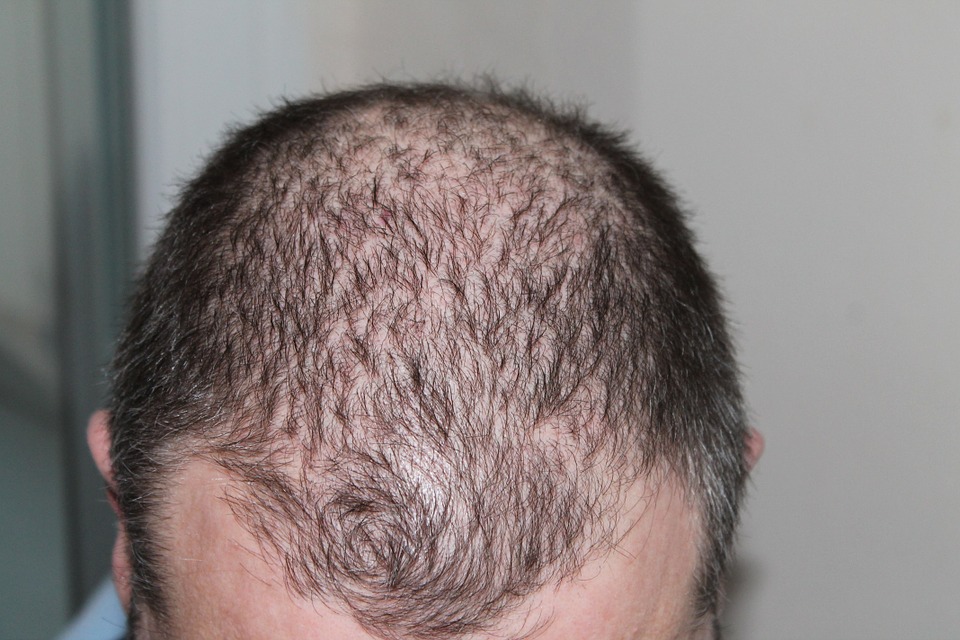Undergoing a Hair Transplant is a significant step toward restoring your hairline and confidence. However, the success of the procedure depends not only on the surgeon’s expertise but also on proper post-operative care. Knowing what to avoid after a Hair Transplant in Dubai is crucial to ensure optimal healing and long-lasting results.
Why Post-Transplant Care Matters?
Proper aftercare enhances graft survival, minimizes complications, and accelerates recovery. Neglecting essential precautions can lead to infections, poor graft retention, or unnatural-looking results. By following your doctor’s instructions and avoiding certain activities, you can maximize the success of your Hair Transplant.
Avoid Touching or Scratching the Transplanted Area
The newly implanted grafts are delicate and require time to settle. Touching, scratching, or picking at scabs can dislodge grafts, leading to patchy growth or infections.
Precautions:
- Keep hands away from the scalp.
- Follow the doctor’s recommended washing technique.
- Use prescribed sprays instead of scratching.
Steer Clear of Strenuous Activities and Exercise
Physical exertion increases blood pressure and sweating, which can disrupt healing. Heavy workouts may also cause swelling or bleeding in the treated area.
Recommended Approach:
- Avoid gym workouts, running, or weightlifting for at least 2 weeks.
- Light walking is acceptable after the first few days.
- Resume intense activities only after doctor approval.
Say No to Smoking and Alcohol
Smoking restricts blood flow, impairing graft survival, while alcohol can cause dehydration and delay healing. Both habits weaken the immune system, increasing infection risks.
Best Practices:
- Quit smoking for at least 2 weeks post-surgery.
- Avoid alcohol for the first 7–10 days.
- Stay hydrated with water and healthy fluids.
Avoid Direct Sun Exposure and Heat
UV rays and excessive heat can damage sensitive grafts, leading to poor growth or discoloration. Sweating under the sun may also cause infections.
Protective Measures:
- Wear a loose hat if stepping outside.
- Stay indoors during peak sunlight hours.
- Avoid saunas, steam rooms, or hot showers initially.
Skip Hair Styling Products and Chemicals
Hair gels, sprays, and dyes contain harsh chemicals that irritate the scalp and weaken grafts. Coloring or perming should be avoided until full recovery.
Safe Alternatives:
- Use mild, doctor-approved shampoos.
- Avoid styling tools like blow dryers initially.
- Wait at least a month before using any hair products.
Don’t Sleep Flat or on Your Stomach
Pressure on the grafts can dislodge them. Sleeping in the wrong position may also cause swelling or friction.
Ideal Sleeping Position:
- Sleep at a 45-degree angle for the first week.
- Use a travel pillow to avoid rubbing the scalp.
- Avoid tossing and turning excessively.
Avoid Swimming and Water Exposure
Pools, beaches, and hot tubs contain chlorine and bacteria that can infect the scalp. Submerging the head may also loosen grafts.
When to Resume Swimming?
- Wait at least 3–4 weeks before swimming.
- Rinse with clean water if exposed to sweat or dust.
Don’t Wear Tight Hats or Caps
Tight headwear can rub against grafts, causing friction and dislodging them. It may also trap sweat, leading to infections.
Safe Headwear Choices:
- Opt for loose-fitting caps after the first week.
- Avoid beanies or helmets until fully healed.
Stay Away from Dust and Polluted Environments
Dust and pollution can clog hair follicles, increasing the risk of infections or irritation.
Preventive Tips:
- Cover your head with a clean scarf in dusty areas.
- Keep indoor spaces clean and well-ventilated.
Avoid Stress and Follow a Healthy Diet
Stress can trigger hair shedding, while poor nutrition slows healing. A balanced diet supports graft survival and faster recovery.
Recommended Diet:
- Eat protein-rich foods (eggs, lean meat, nuts).
- Include vitamins (A, C, E) and iron for hair growth.
- Stay hydrated to maintain scalp health.
Final Thoughts
Following these precautions ensures that your Hair Transplant yields natural, long-lasting results. Adhering to your surgeon’s aftercare instructions and avoiding harmful habits will help you achieve the best possible outcome. By maintaining patience and discipline during the recovery phase, you can enjoy a fuller, healthier head of hair for years to come.






Comments